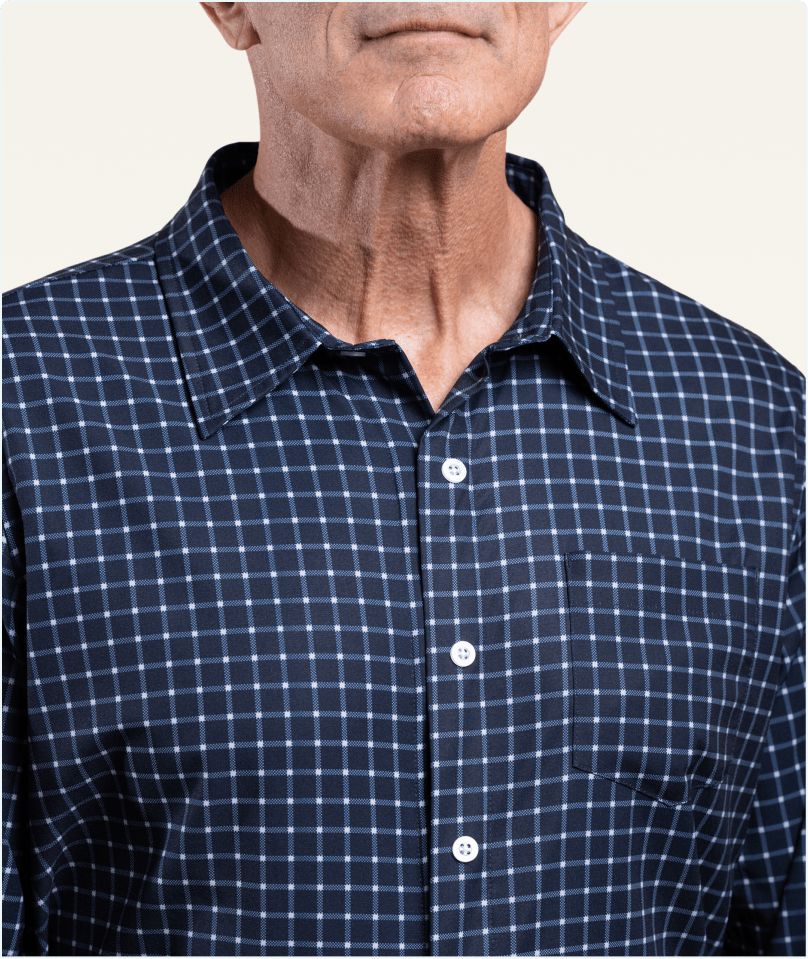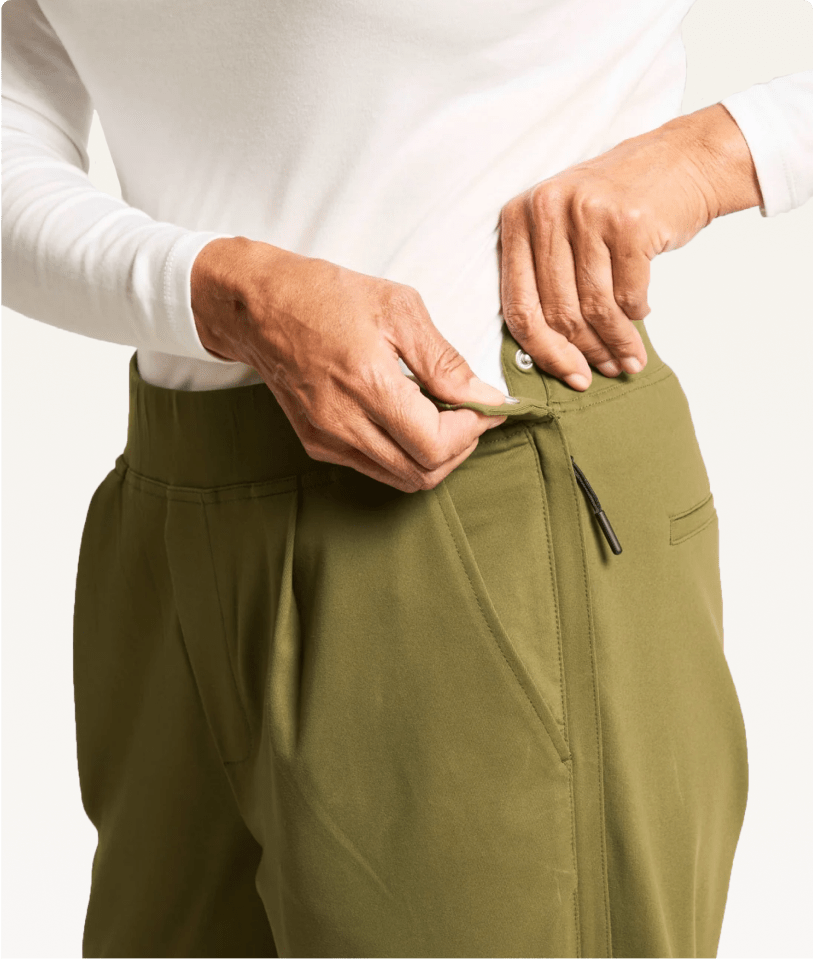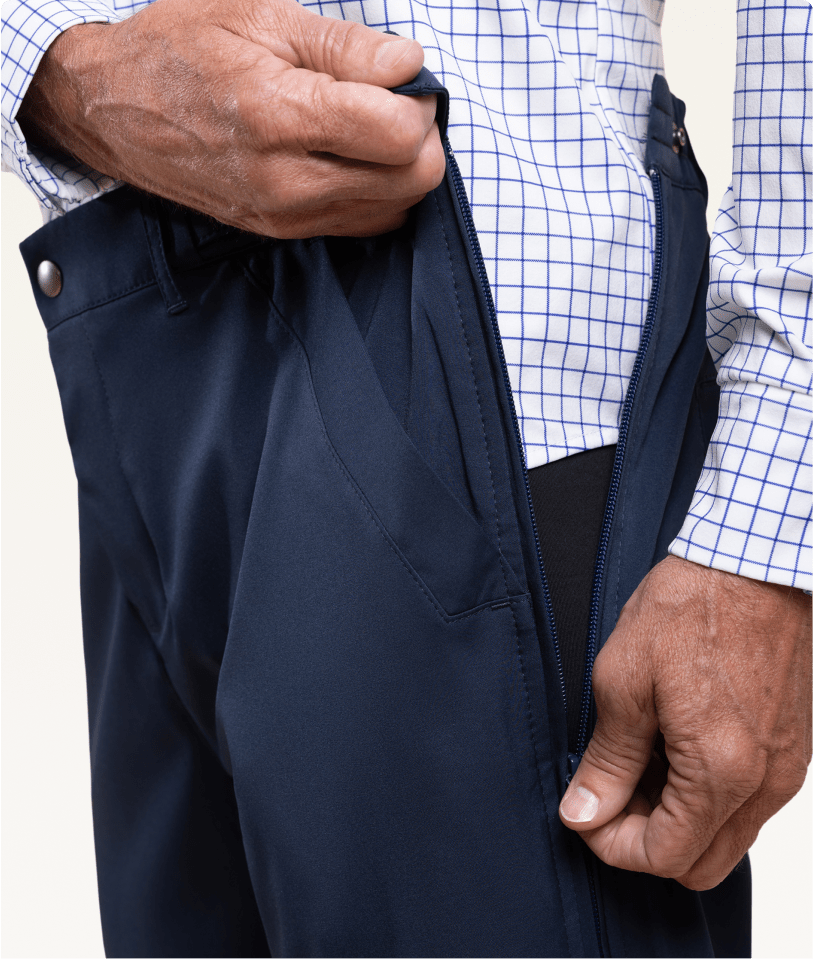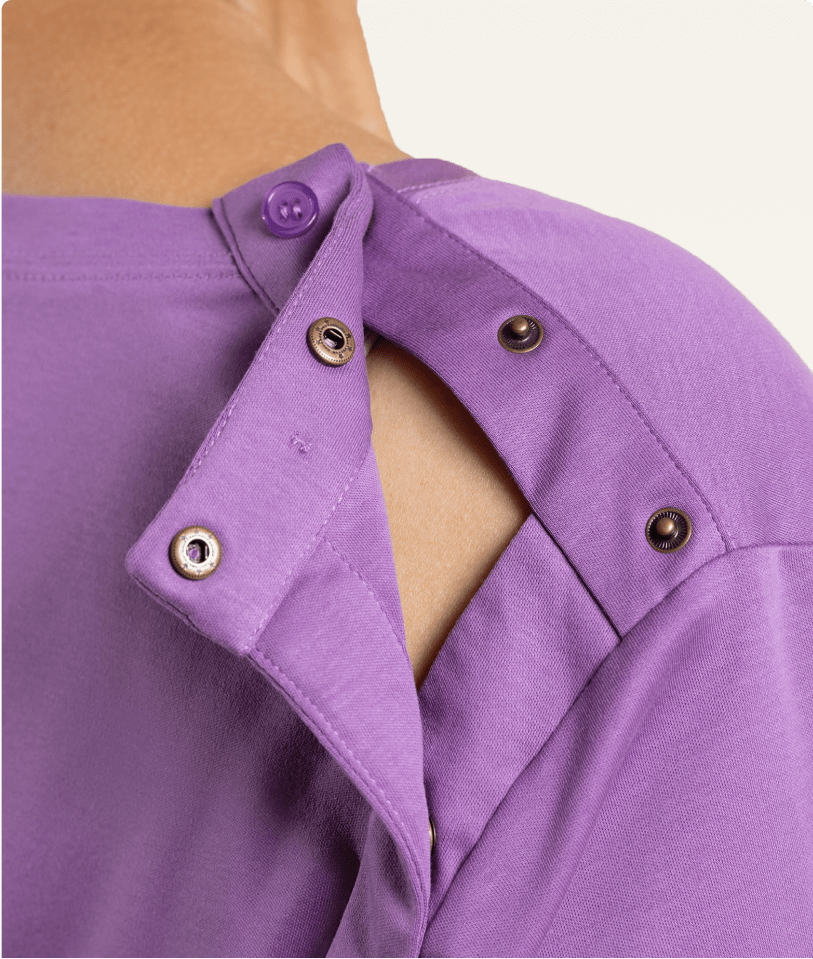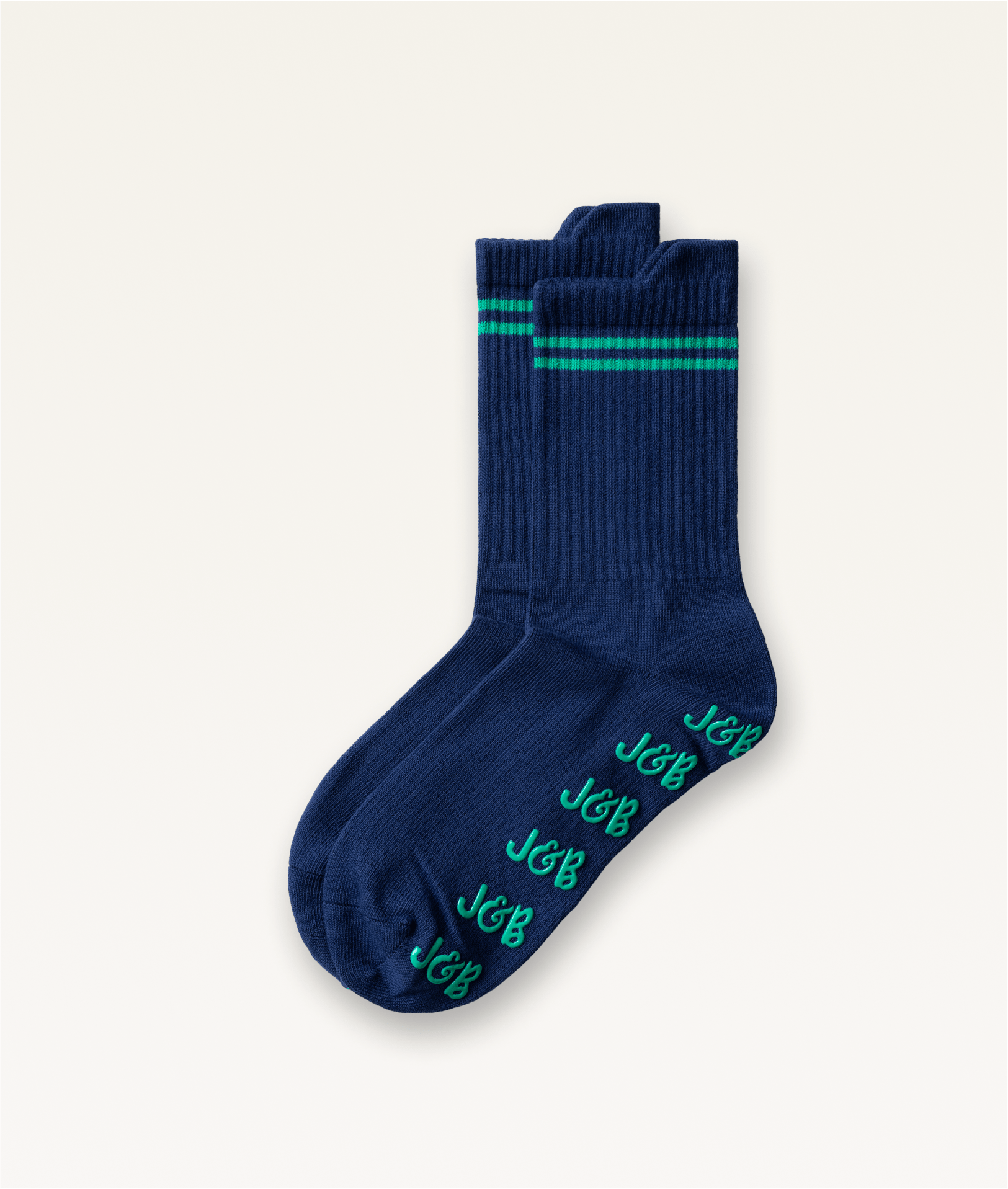-
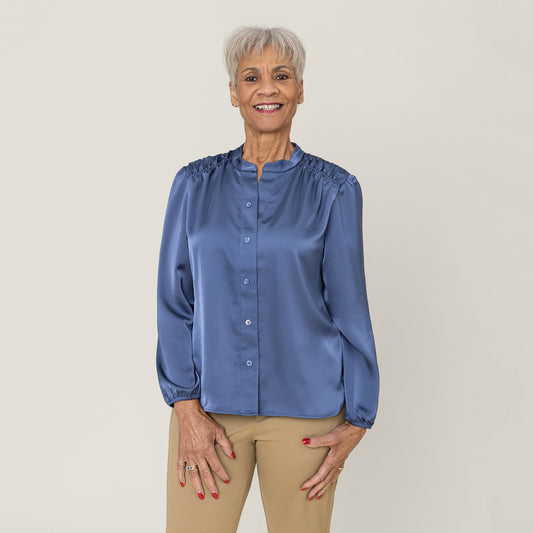 Regular price $88Regular priceUnit price per
Regular price $88Regular priceUnit price per$88Sale price $88
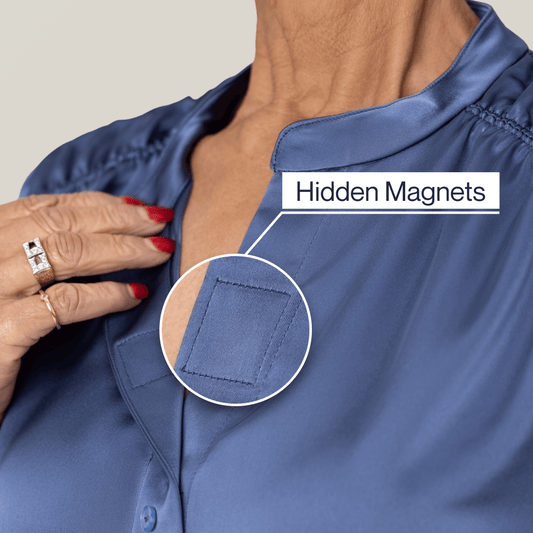
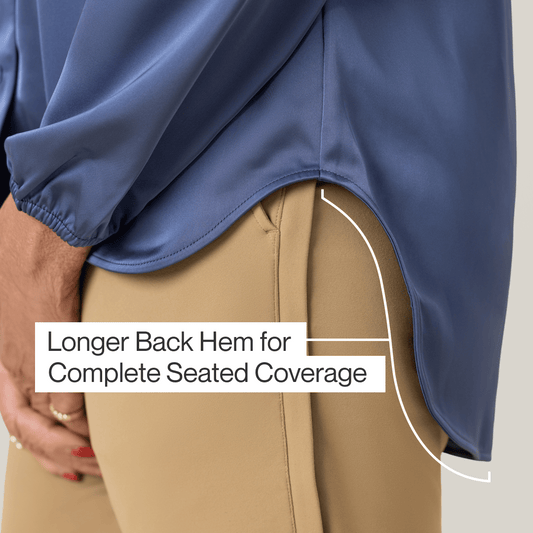
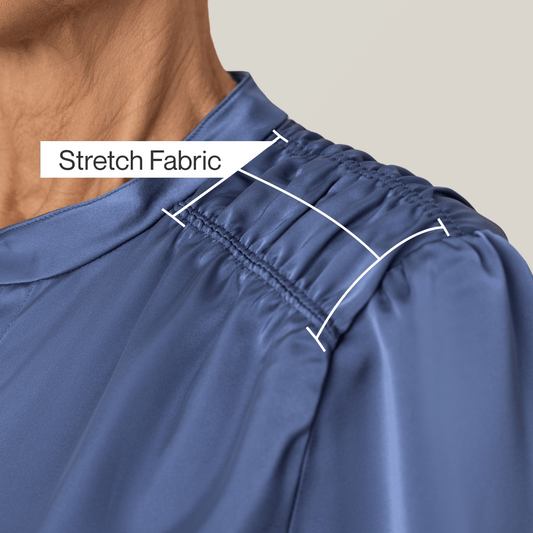
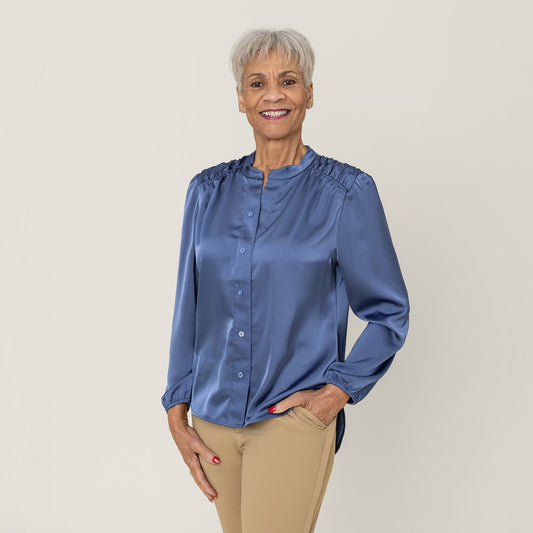
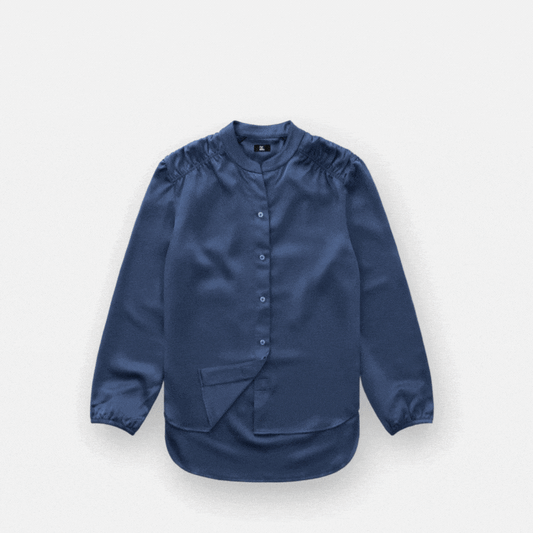
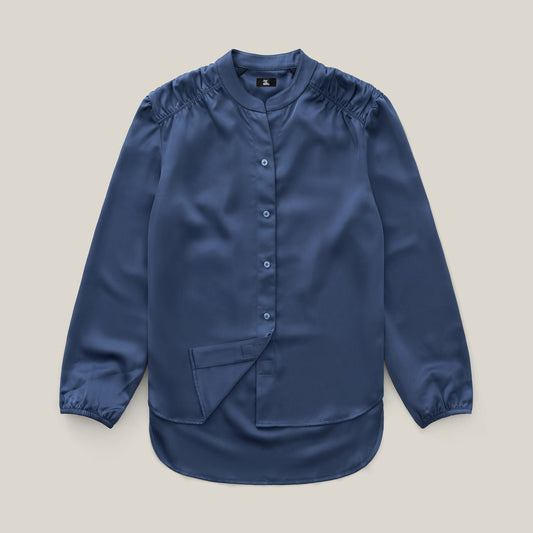
Magnetic Button Blouse
Sale Sold outRegular price $88Regular priceUnit price per$88Sale price $88Only 1 left in stock — don’t miss out!
View Full Product DetailsCouldn't load pickup availability
-
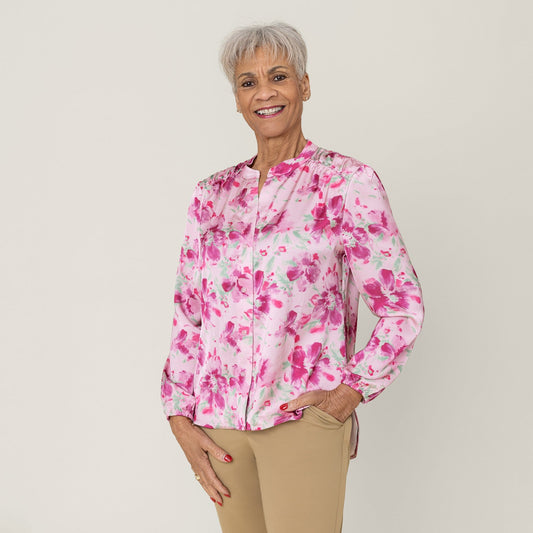 Regular price $88Regular priceUnit price per
Regular price $88Regular priceUnit price per$88Sale price $88

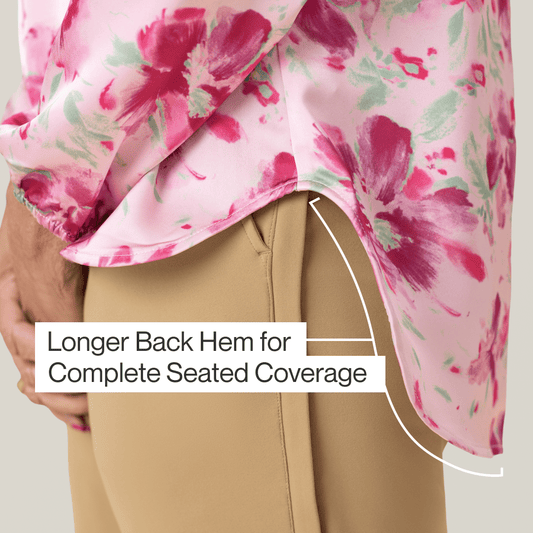
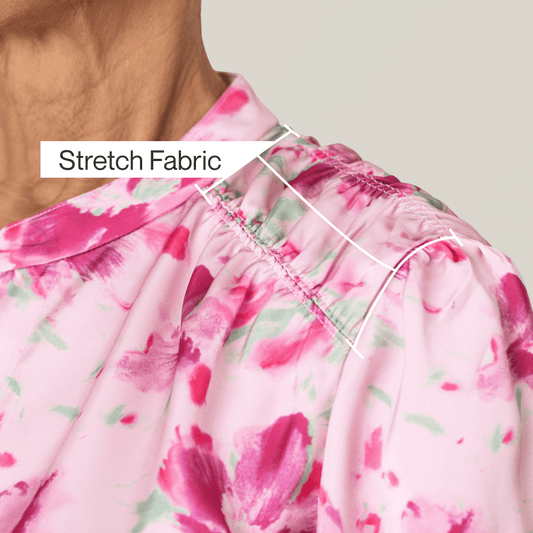
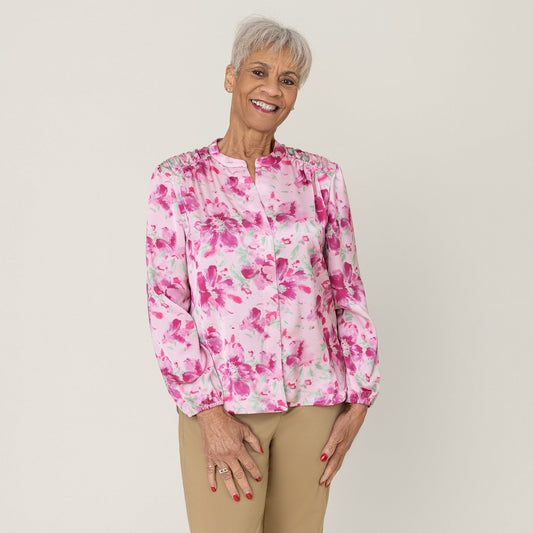
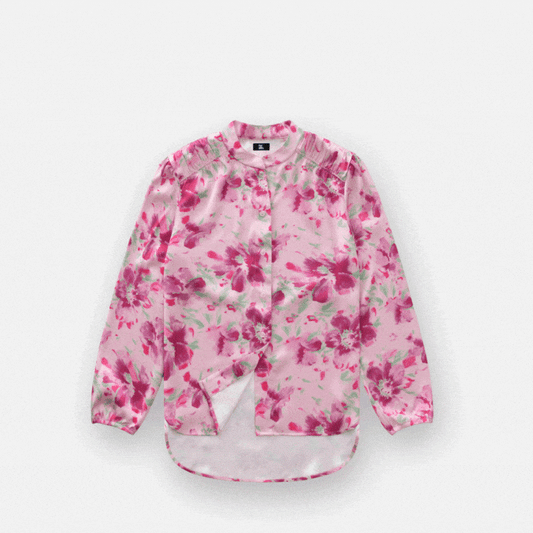
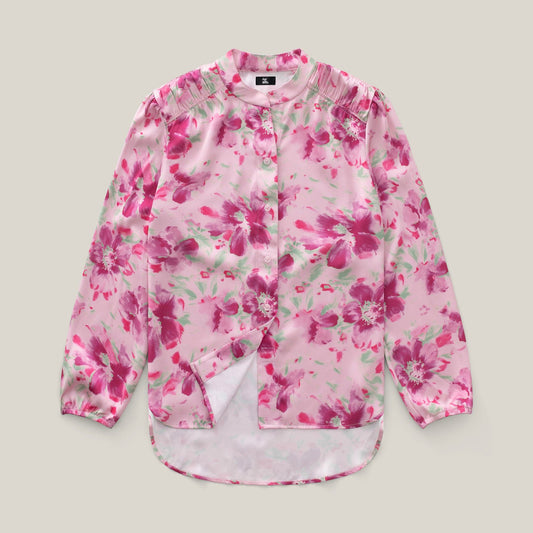
Magnetic Button Blouse
Sale Sold outRegular price $88Regular priceUnit price per$88Sale price $88Only 1 left in stock — don’t miss out!
View Full Product DetailsCouldn't load pickup availability
-
 Regular price $88Regular priceUnit price per
Regular price $88Regular priceUnit price per$88Sale price $88
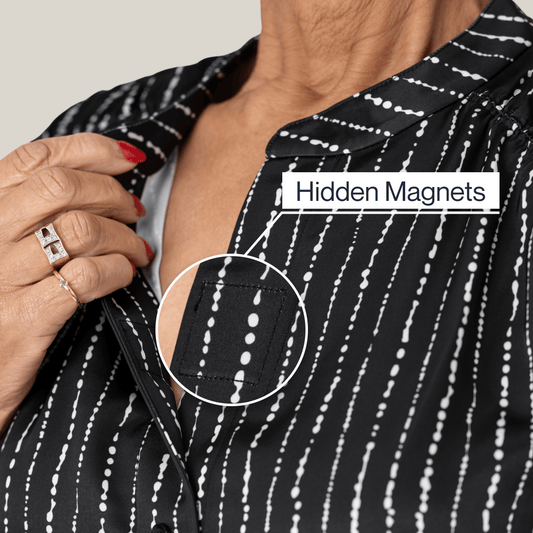


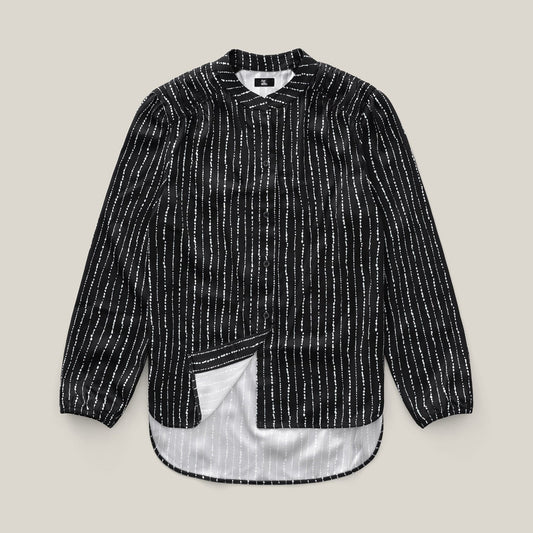
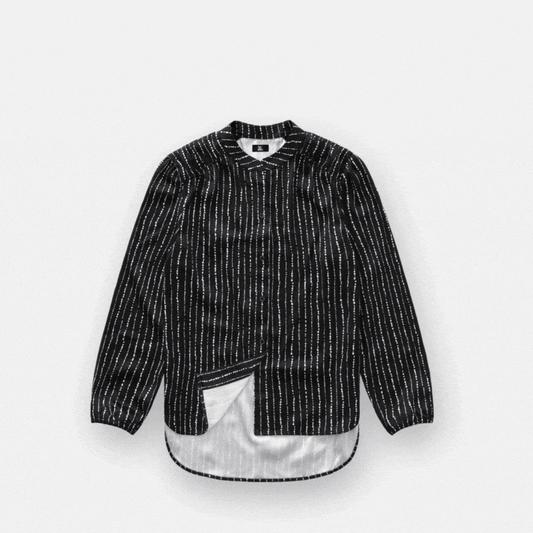
Magnetic Button Blouse
Sale Sold outRegular price $88Regular priceUnit price per$88Sale price $88Only 1 left in stock — don’t miss out!
View Full Product DetailsCouldn't load pickup availability
-
 8% OffRegular price $118Regular priceUnit price per
8% OffRegular price $118Regular priceUnit price per$128Sale price $1188% Off







Magnetic Zip-Up Sweater For Men
Sale Sold outRegular price $118Regular priceUnit price per$128Sale price $118Only 3 left in stock — don’t miss out!
View Full Product DetailsCouldn't load pickup availability
-
 8% OffRegular price $118Regular priceUnit price per
8% OffRegular price $118Regular priceUnit price per$128Sale price $1188% Off






Magnetic Zip-Up Sweater For Men
Sale Sold outRegular price $118Regular priceUnit price per$128Sale price $118Only 3 left in stock — don’t miss out!
View Full Product DetailsCouldn't load pickup availability
-
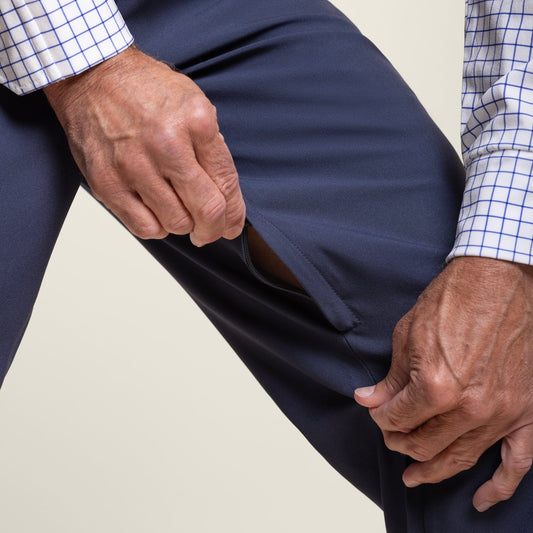 9% OffRegular price $98Regular priceUnit price per
9% OffRegular price $98Regular priceUnit price per$108Sale price $989% Off
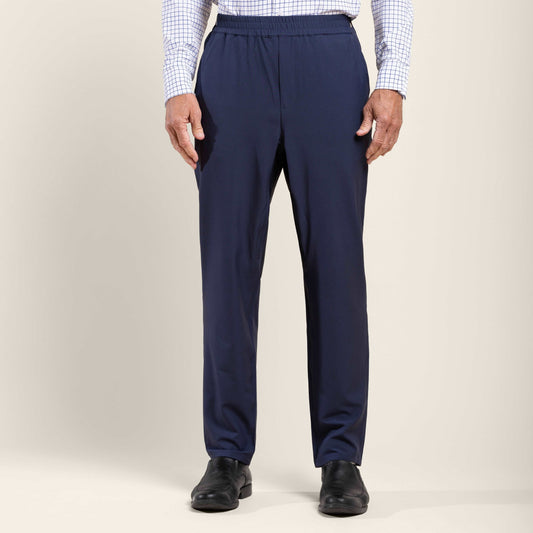
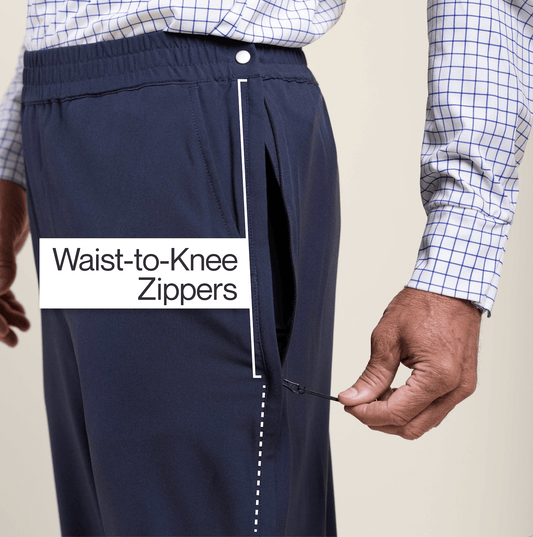
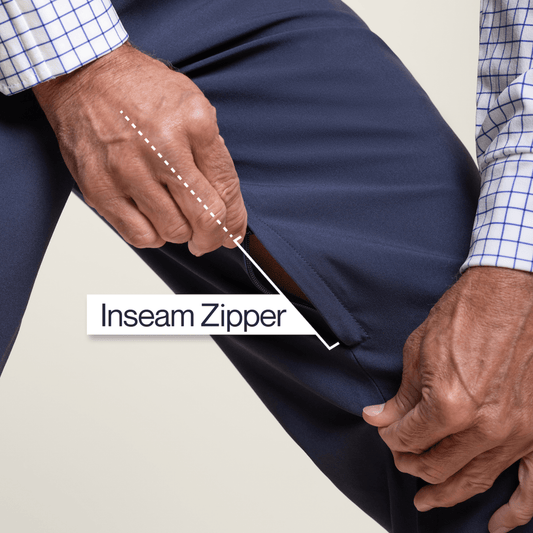

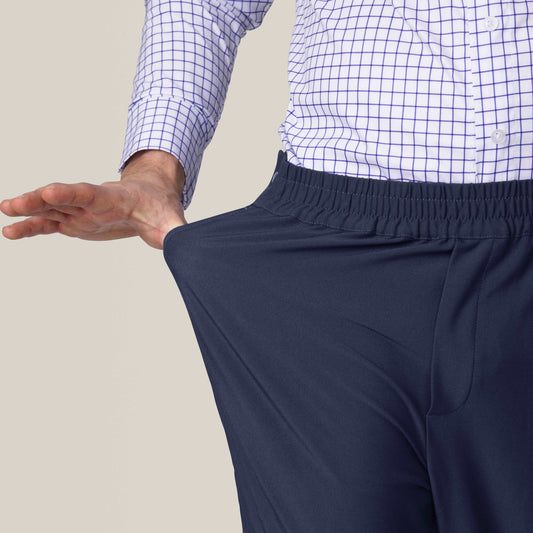
CareZips® Men's Access Pants
Sale Sold outRegular price $98Regular priceUnit price per$108Sale price $98Only 4 left in stock — don’t miss out!
View Full Product DetailsCouldn't load pickup availability
-
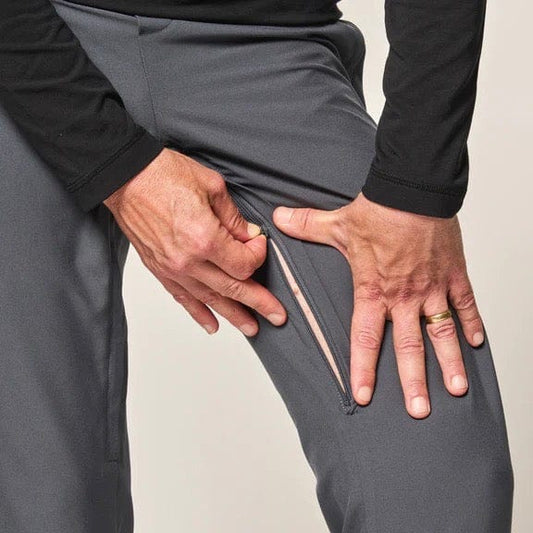 9% OffRegular price $98Regular priceUnit price per
9% OffRegular price $98Regular priceUnit price per$108Sale price $989% Off
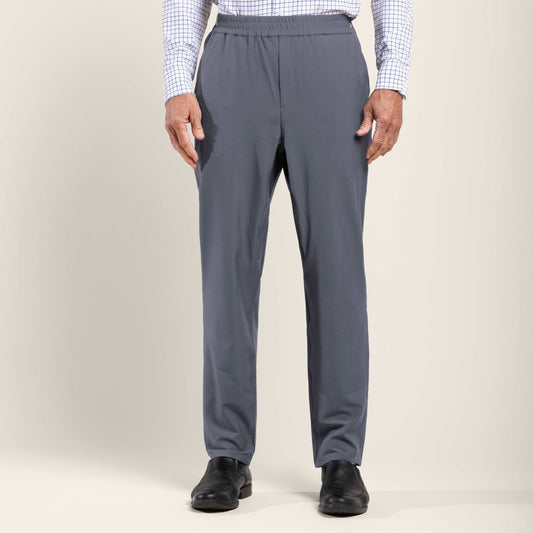
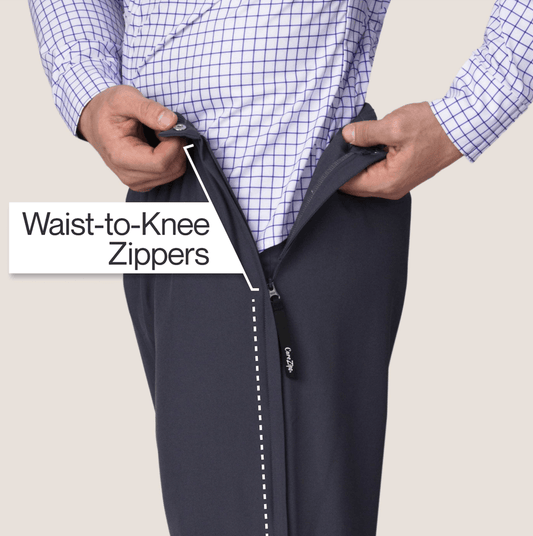
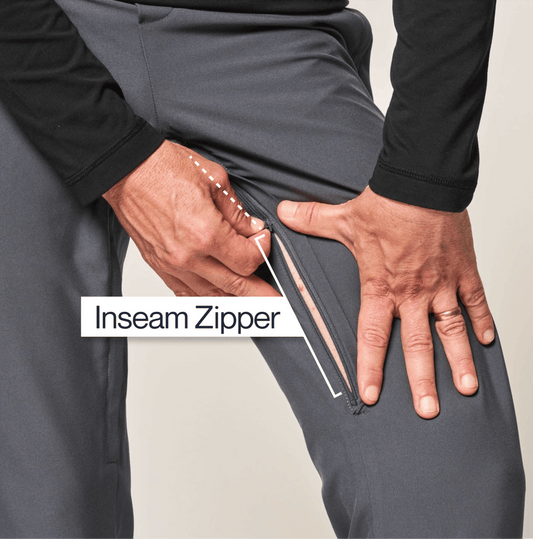

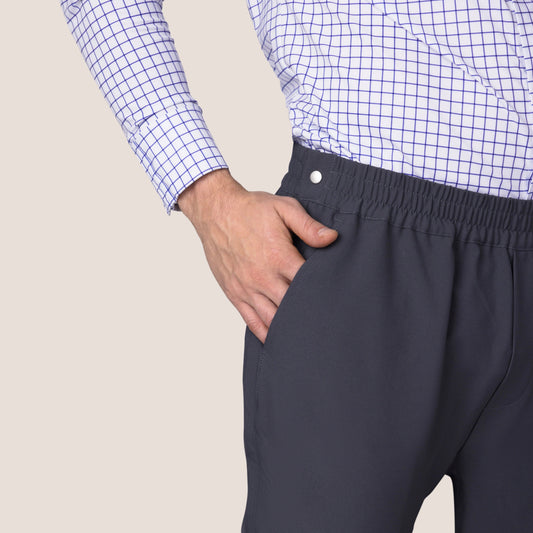
CareZips® Men's Access Pants
Sale Sold outRegular price $98Regular priceUnit price per$108Sale price $98Only 4 left in stock — don’t miss out!
View Full Product DetailsCouldn't load pickup availability
-
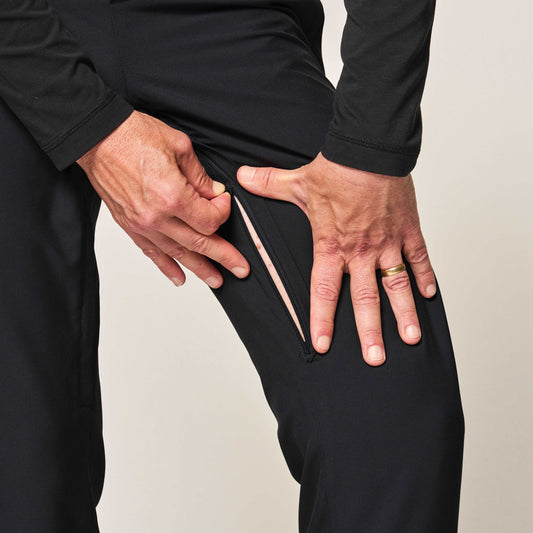 Regular price $108Regular priceUnit price per
Regular price $108Regular priceUnit price per$108Sale price $1080% Off
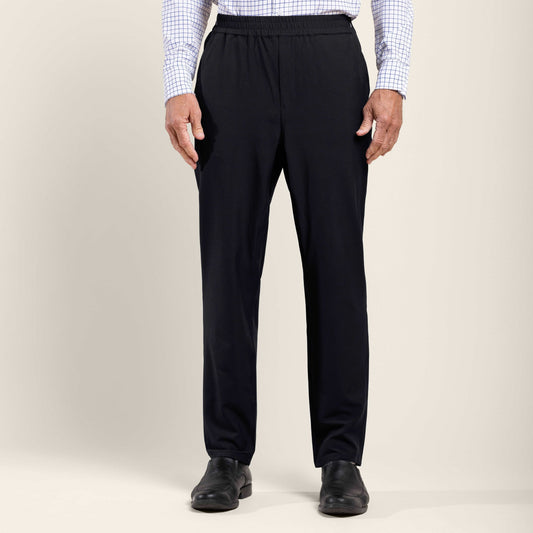
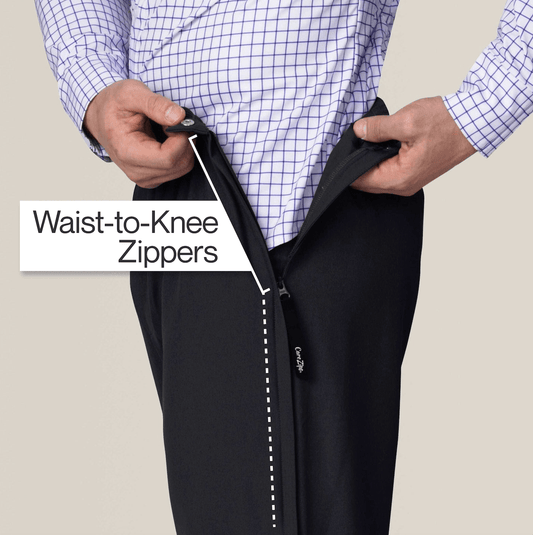
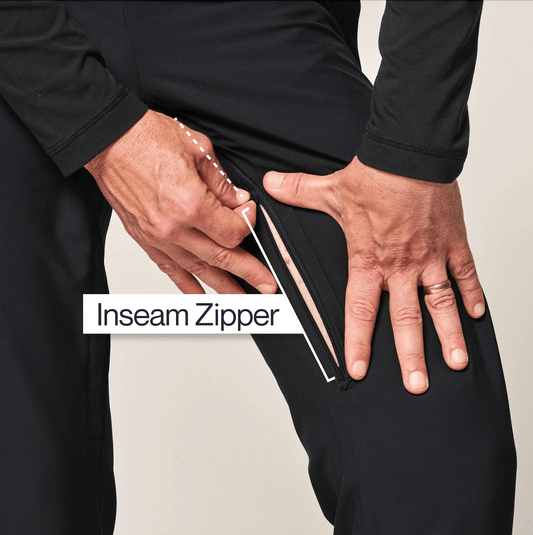

CareZips® Men's Access Pants
Sale Sold outRegular price $98Regular priceUnit price per$108Sale price $98Only 4 left in stock — don’t miss out!
View Full Product DetailsCouldn't load pickup availability
-
 9% OffRegular price $98Regular priceUnit price per
9% OffRegular price $98Regular priceUnit price per$108Sale price $989% Off




CareZips® Women's Access Pants
Sale Sold outRegular price $98Regular priceUnit price per$108Sale price $98Only 4 left in stock — don’t miss out!
View Full Product DetailsCouldn't load pickup availability
-
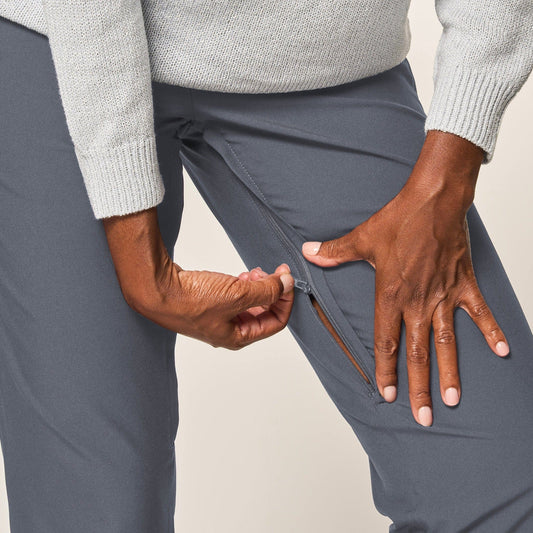 9% OffRegular price $98Regular priceUnit price per
9% OffRegular price $98Regular priceUnit price per$108Sale price $989% Off
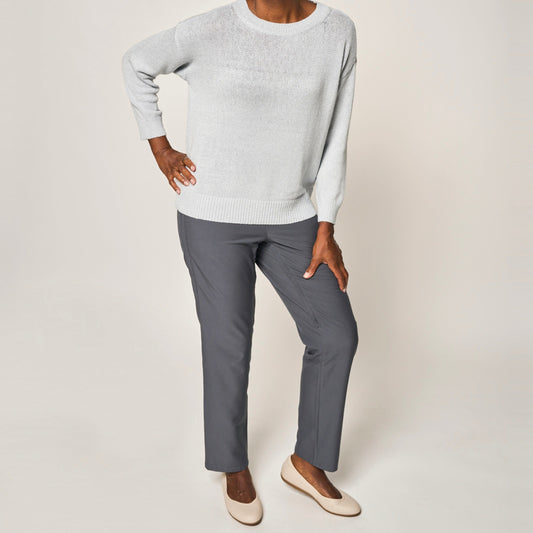
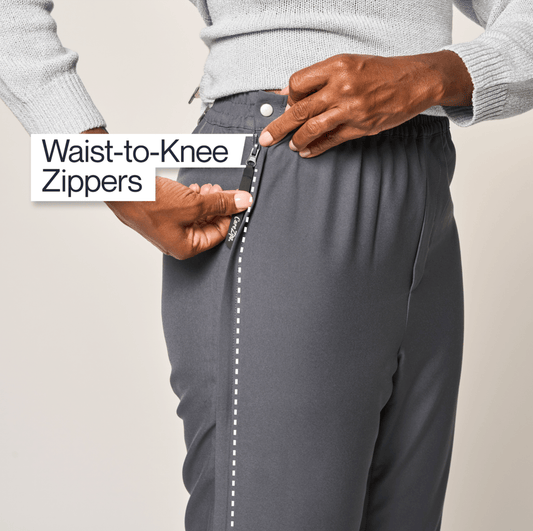
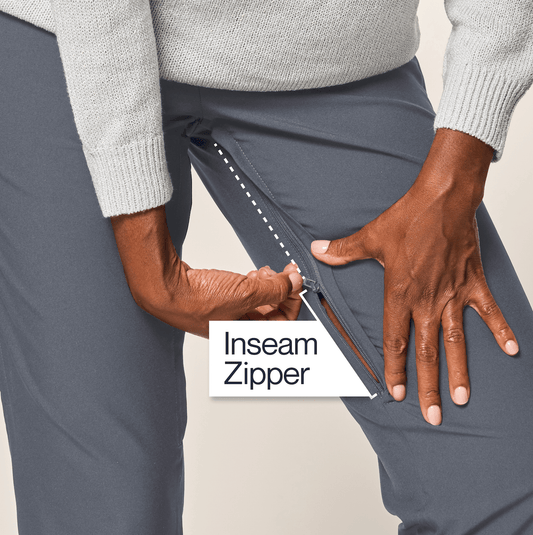
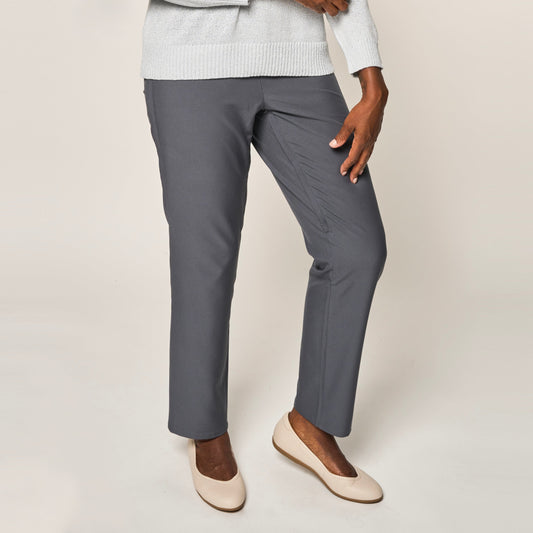
CareZips® Women's Access Pants
Sale Sold outRegular price $98Regular priceUnit price per$108Sale price $98Only 4 left in stock — don’t miss out!
View Full Product DetailsCouldn't load pickup availability
-
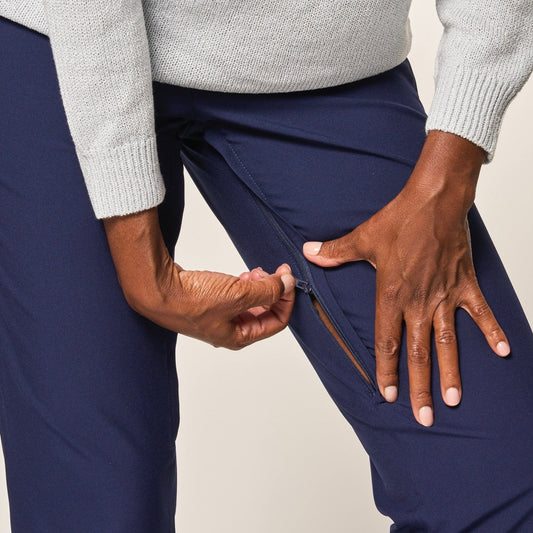 9% OffRegular price $98Regular priceUnit price per
9% OffRegular price $98Regular priceUnit price per$108Sale price $989% Off
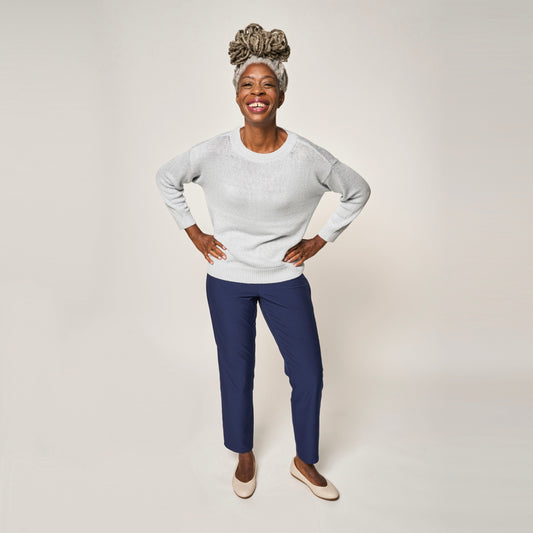

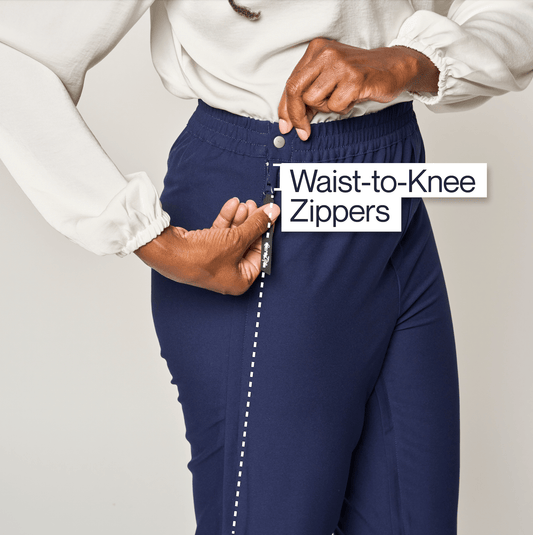
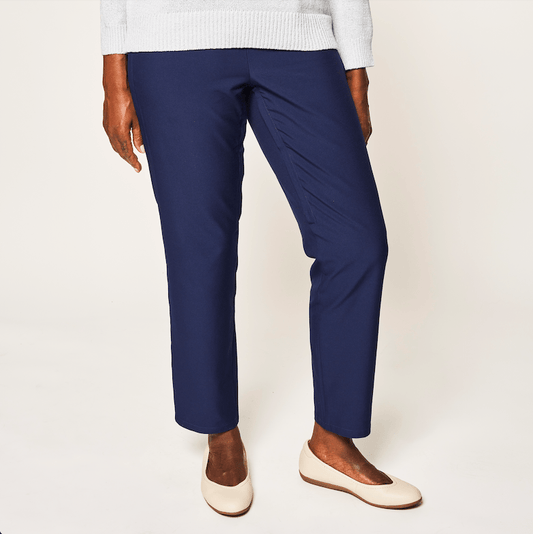
CareZips® Women's Access Pants
Sale Sold outRegular price $98Regular priceUnit price per$108Sale price $98Only 4 left in stock — don’t miss out!
View Full Product DetailsCouldn't load pickup availability
-
 Best Seller 19% OffRegular price $88Regular priceUnit price per
Best Seller 19% OffRegular price $88Regular priceUnit price per$108Sale price $88Best Seller 19% Off





Magnetic Button-Down | Tailored-Fit
Sale Sold outRegular price $88Regular priceUnit price per$108Sale price $88Only 39 left in stock — don’t miss out!
View Full Product DetailsCouldn't load pickup availability
-
 19% OffRegular price $88Regular priceUnit price per
19% OffRegular price $88Regular priceUnit price per$108Sale price $8819% Off





Magnetic Button-Down | Tailored-Fit
Sale Sold outRegular price $88Regular priceUnit price per$108Sale price $88Only 39 left in stock — don’t miss out!
View Full Product DetailsCouldn't load pickup availability
-
 19% OffRegular price $88Regular priceUnit price per
19% OffRegular price $88Regular priceUnit price per$108Sale price $8819% Off






Magnetic Button-Down | Tailored-Fit
Sale Sold outRegular price $88Regular priceUnit price per$108Sale price $88Only 39 left in stock — don’t miss out!
View Full Product DetailsCouldn't load pickup availability
-
 19% OffRegular price $88Regular priceUnit price per
19% OffRegular price $88Regular priceUnit price per$108Sale price $8819% Off





Magnetic Button-Down | Tailored-Fit
Sale Sold outRegular price $88Regular priceUnit price per$108Sale price $88Only 39 left in stock — don’t miss out!
View Full Product DetailsCouldn't load pickup availability
-
 19% OffRegular price $88Regular priceUnit price per
19% OffRegular price $88Regular priceUnit price per$108Sale price $8819% Off




Magnetic Button-Down | Tailored-Fit
Sale Sold outRegular price $88Regular priceUnit price per$108Sale price $88Only 39 left in stock — don’t miss out!
View Full Product DetailsCouldn't load pickup availability
-
 19% OffRegular price $88Regular priceUnit price per
19% OffRegular price $88Regular priceUnit price per$108Sale price $8819% Off






Magnetic Button-Down | Relaxed-Fit
Sale Sold outRegular price $88Regular priceUnit price per$108Sale price $88Only 23 left in stock — don’t miss out!
View Full Product DetailsCouldn't load pickup availability
-
 19% OffRegular price $88Regular priceUnit price per
19% OffRegular price $88Regular priceUnit price per$108Sale price $8819% Off





Magnetic Button-Down | Relaxed-Fit
Sale Sold outRegular price $88Regular priceUnit price per$108Sale price $88Only 23 left in stock — don’t miss out!
View Full Product DetailsCouldn't load pickup availability
-
 Best Seller 19% OffRegular price $88Regular priceUnit price per
Best Seller 19% OffRegular price $88Regular priceUnit price per$108Sale price $88Best Seller 19% Off






Magnetic Button-Down | Relaxed-Fit
Sale Sold outRegular price $88Regular priceUnit price per$108Sale price $88Only 23 left in stock — don’t miss out!
View Full Product DetailsCouldn't load pickup availability
-
 19% OffRegular price $88Regular priceUnit price per
19% OffRegular price $88Regular priceUnit price per$108Sale price $8819% Off




Magnetic Button-Down | Relaxed-Fit
Sale Sold outRegular price $88Regular priceUnit price per$108Sale price $88Only 23 left in stock — don’t miss out!
View Full Product DetailsCouldn't load pickup availability
-
 19% OffRegular price $88Regular priceUnit price per
19% OffRegular price $88Regular priceUnit price per$108Sale price $8819% Off




Magnetic Button-Down | Relaxed-Fit
Sale Sold outRegular price $88Regular priceUnit price per$108Sale price $88Only 23 left in stock — don’t miss out!
View Full Product DetailsCouldn't load pickup availability
-
 80% OffRegular price $22Regular priceUnit price per
80% OffRegular price $22Regular priceUnit price per$108Sale price $2280% Off




Magnetic Button-Down | Relaxed-Fit
Sale Sold outRegular price $88Regular priceUnit price per$108Sale price $88Only 23 left in stock — don’t miss out!
View Full Product DetailsCouldn't load pickup availability
-
 Best Seller 10% OffRegular price $88Regular priceUnit price per
Best Seller 10% OffRegular price $88Regular priceUnit price per$98Sale price $8810% Off

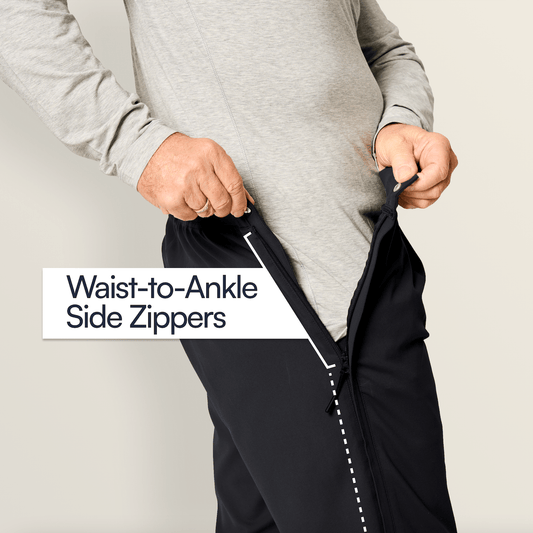

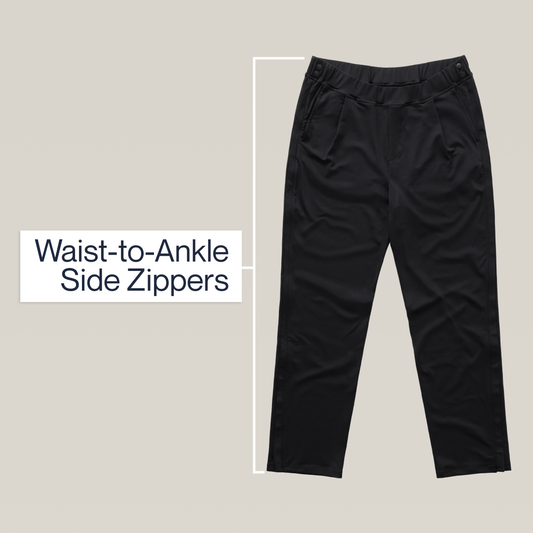
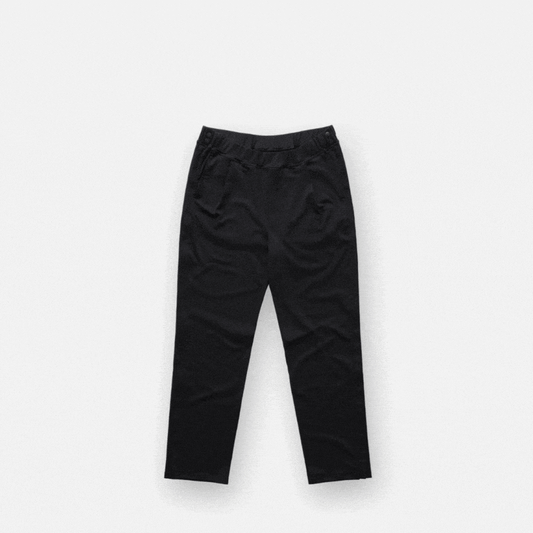
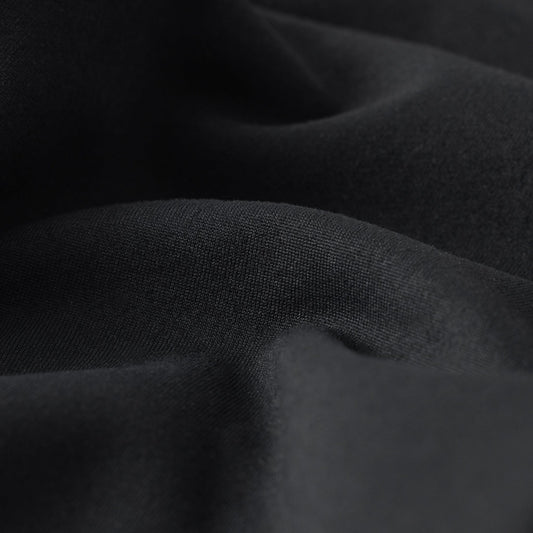
Side-Zip Pants
Sale Sold outRegular price $88Regular priceUnit price per$98Sale price $88Only 5 left in stock — don’t miss out!
View Full Product DetailsCouldn't load pickup availability
-
 10% OffRegular price $88Regular priceUnit price per
10% OffRegular price $88Regular priceUnit price per$98Sale price $8810% Off






Side-Zip Pants
Sale Sold outRegular price $88Regular priceUnit price per$98Sale price $88Only 5 left in stock — don’t miss out!
View Full Product DetailsCouldn't load pickup availability
-
 Regular price $98Regular priceUnit price per
Regular price $98Regular priceUnit price per$98Sale price $980% Off






Side-Zip Pants
Sale Sold outRegular price $88Regular priceUnit price per$98Sale price $88Only 5 left in stock — don’t miss out!
View Full Product DetailsCouldn't load pickup availability
-
 Regular price $98Regular priceUnit price per
Regular price $98Regular priceUnit price per$98Sale price $980% Off







Side-Zip Pants
Sale Sold outRegular price $88Regular priceUnit price per$98Sale price $88Only 5 left in stock — don’t miss out!
View Full Product DetailsCouldn't load pickup availability
-
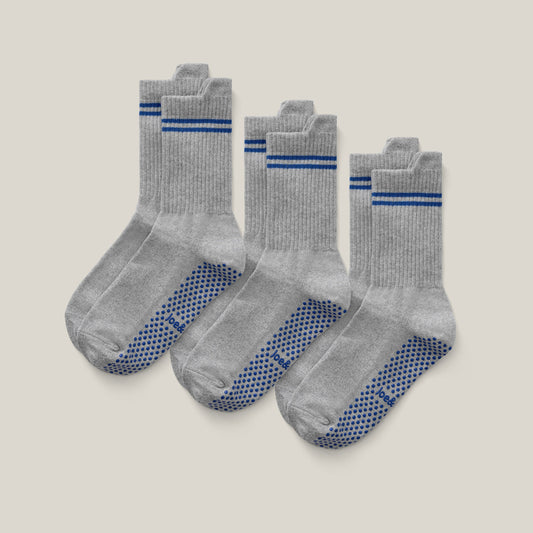 19% OffRegular price $44Regular priceUnit price per
19% OffRegular price $44Regular priceUnit price per$54Sale price $4419% Off
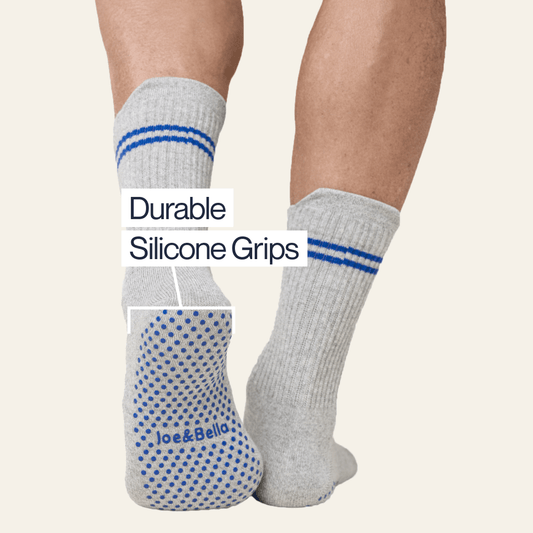
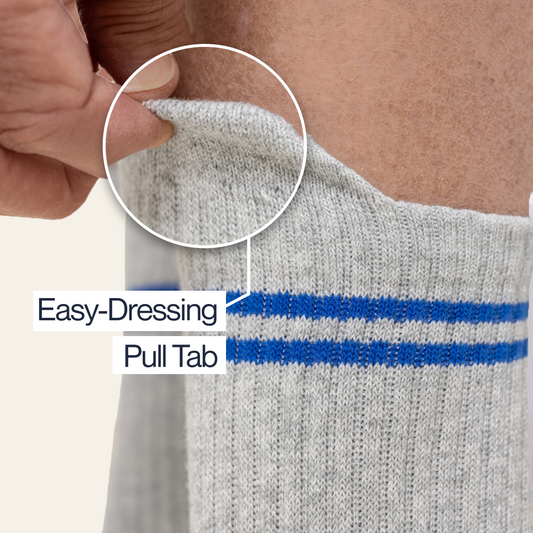

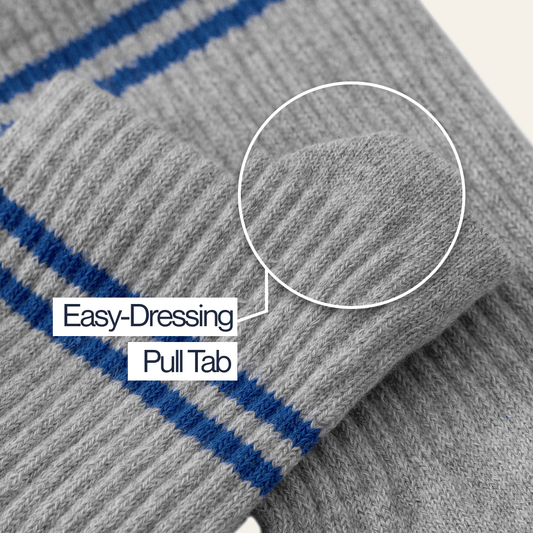
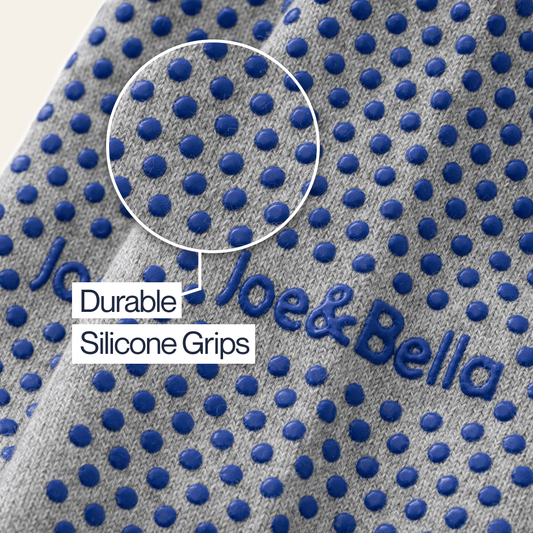
Gripper Socks 3-Pack
Sale Sold outRegular price $44Regular priceUnit price per$54Sale price $44Only 35 left in stock — don’t miss out!
View Full Product DetailsCouldn't load pickup availability
-
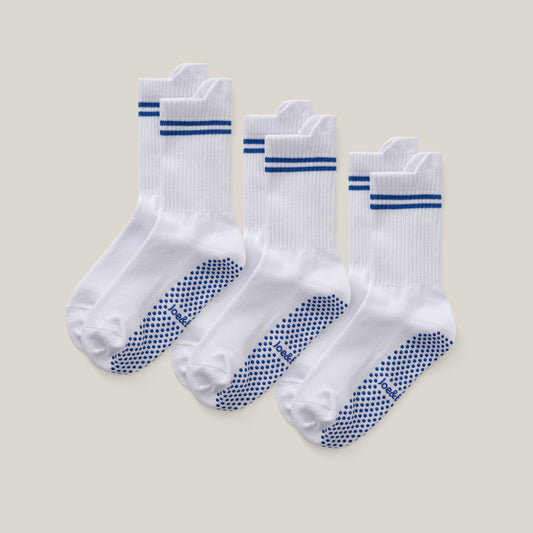 19% OffRegular price $44Regular priceUnit price per
19% OffRegular price $44Regular priceUnit price per$54Sale price $4419% Off
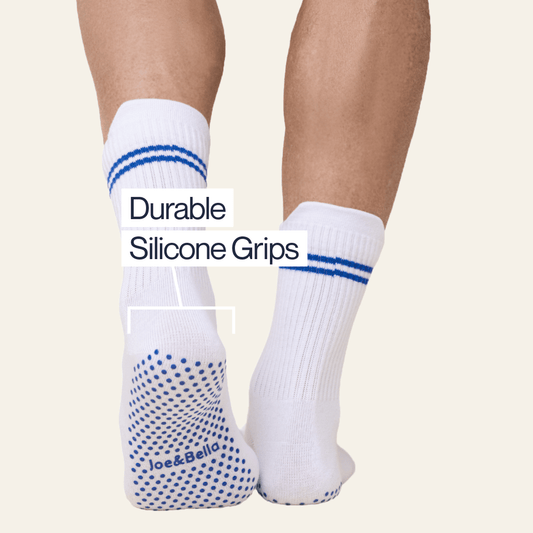

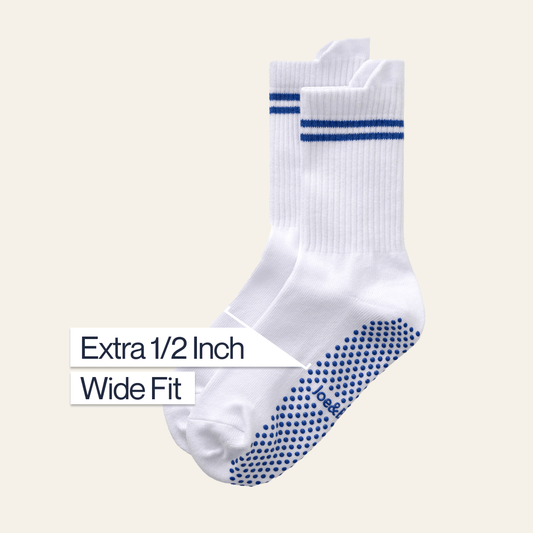
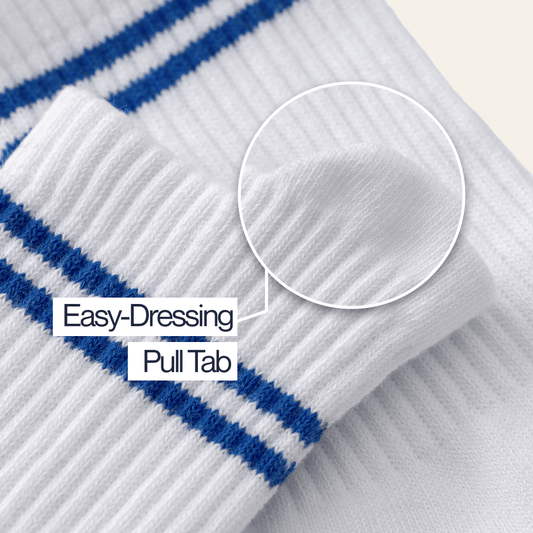
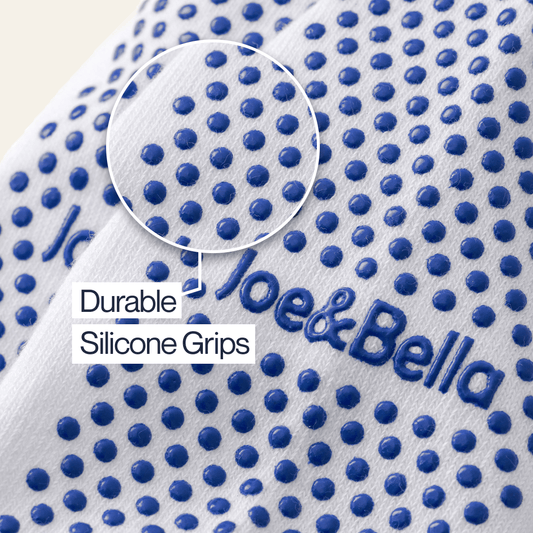
Gripper Socks 3-Pack
Sale Sold outRegular price $44Regular priceUnit price per$54Sale price $44Only 35 left in stock — don’t miss out!
View Full Product DetailsCouldn't load pickup availability
-
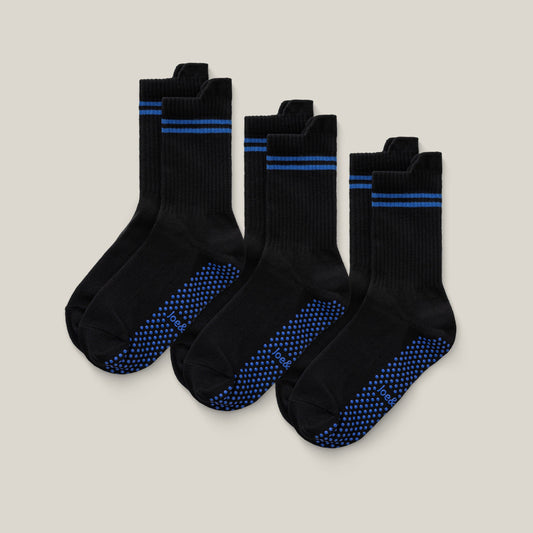 19% OffRegular price $44Regular priceUnit price per
19% OffRegular price $44Regular priceUnit price per$54Sale price $4419% Off
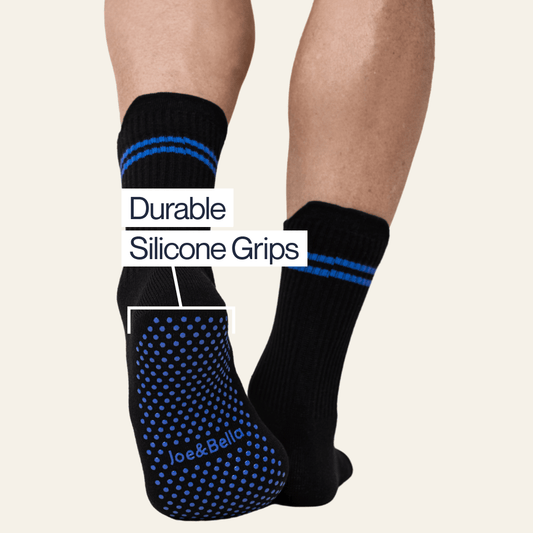
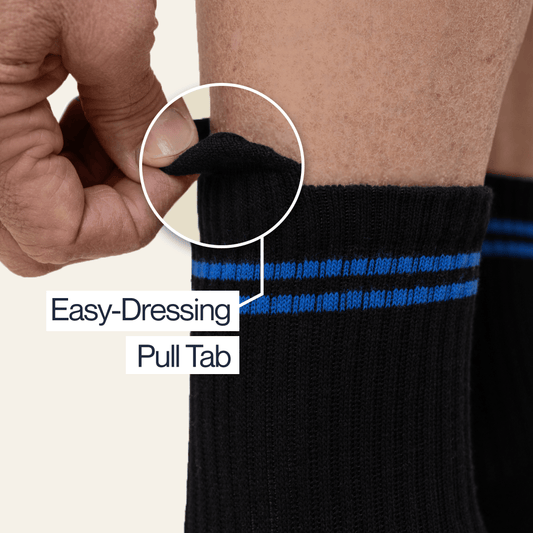
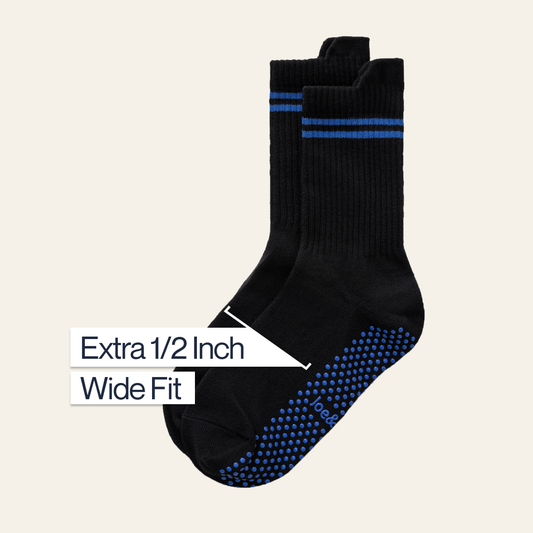
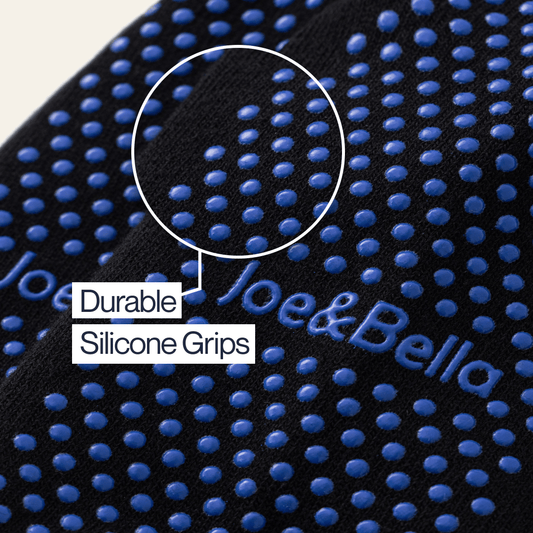
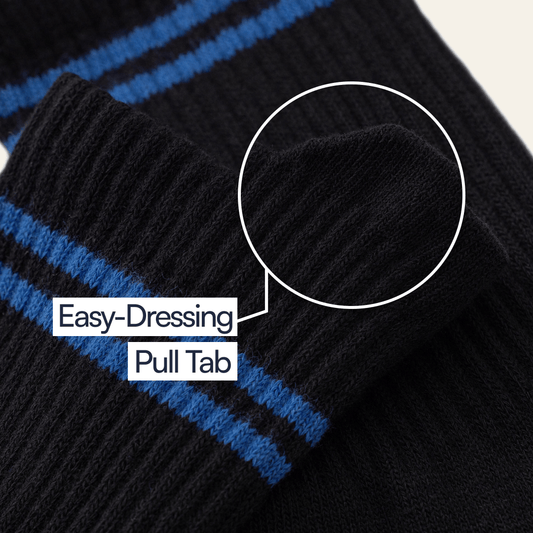
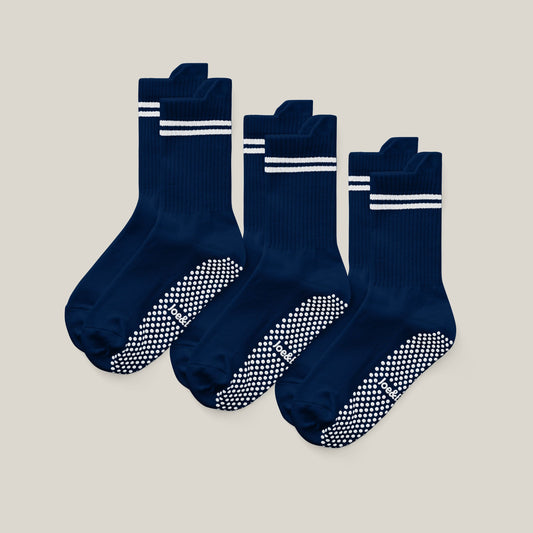
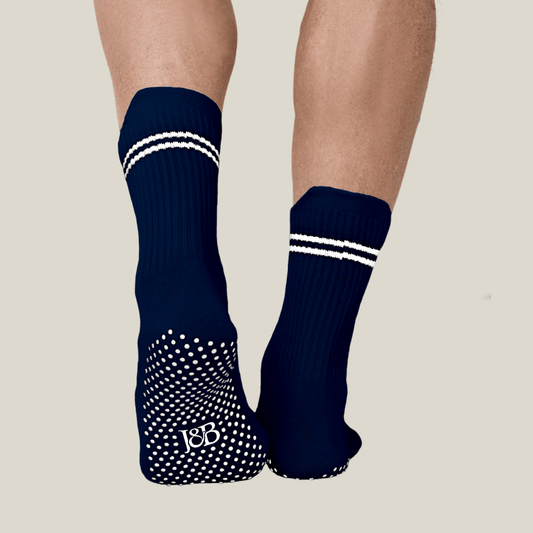
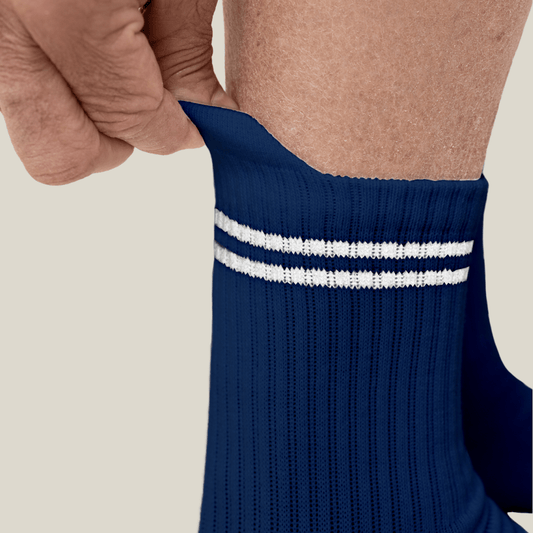
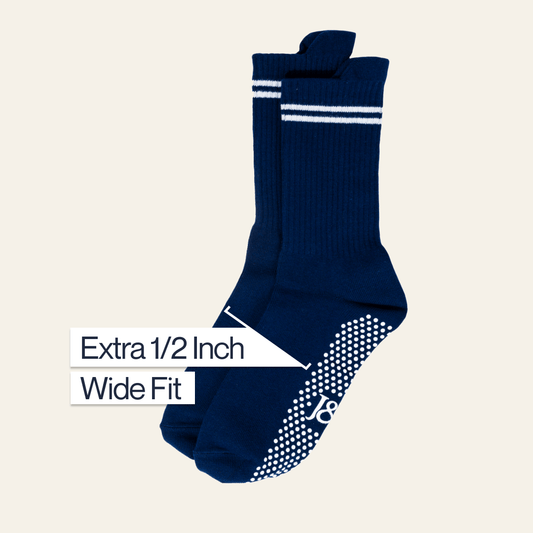
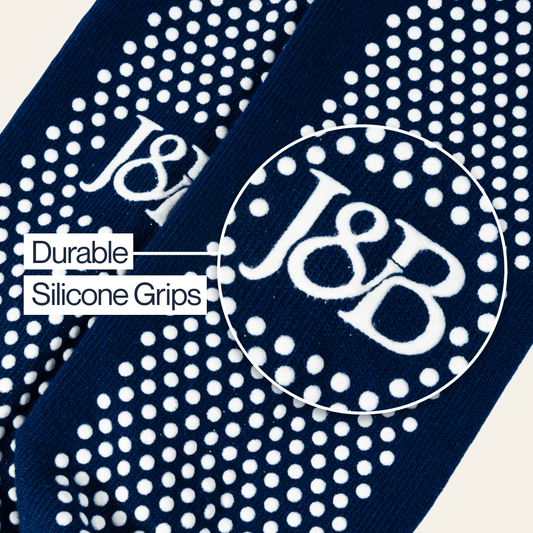
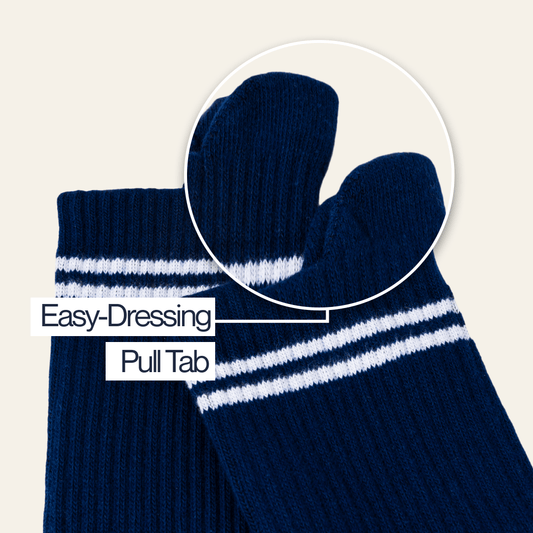
Gripper Socks 3-Pack
Sale Sold outRegular price $44Regular priceUnit price per$54Sale price $44Only 35 left in stock — don’t miss out!
View Full Product DetailsCouldn't load pickup availability
-
Magnetic Button Blouse
Regular price $88Regular priceUnit price per$88Sale price $88 -
Magnetic Zip-Up Sweater For Men
Regular price $118Regular priceUnit price per$128Sale price $1188% Off -
 9% Off
9% OffCareZips® Men's Access Pants
Regular price $98Regular priceUnit price per$108Sale price $989% Off -
CareZips® Women's Access Pants
Regular price $98Regular priceUnit price per$108Sale price $989% Off -
 Best Seller 19% Off
Best Seller 19% OffMagnetic Button-Down | Tailored-Fit
Regular price $88Regular priceUnit price per$108Sale price $8819% Off -
Magnetic Button-Down | Relaxed-Fit
Regular price $88Regular priceUnit price per$108Sale price $8819% Off -
 10% Off
10% Off -
 19% Off
19% Off
Clothing plays a pivotal role in the comfort, mobility, and dignity of individuals residing in nursing facilities. Tailored specifically to address the needs of seniors with varying physical abilities and sensory sensitivities, adaptive clothing offers practical solutions for enhanced comfort and independence. This guide dives into the importance of adaptive clothing for nursing home patients, highlighting various options available for both men and women and emphasizing the transformative benefits it offers.
Why is Clothing for Nursing Home Patients Important?
Adaptive clothing for nursing home patients is indispensable as it caters to their unique requirements, offering comfort and ease of use, while maintaining dignity. For some, adaptive clothing can enable some nursing home patients to dress independently. For others, it eases the process of receiving dressing help from a caregiver. Adaptive designs provide easy access to areas for doctors and nurses who might have to administer care. Adaptive designs can help reduce the time it takes for a caregiver to help someone get dressed, allowing them to spend their time providing additional care.
Nursing Home Clothing for Men
For men in nursing homes, adaptive clothing includes specialized features in pants and tops tailored to their needs. Options include men's adaptive pants and adaptive shirts designed for comfort and easy wear. Some of these clothes will accommodate catheters and male urinals that allow nursing home residents a dignified and easier way to receive care. Adaptive clothing that’s created in a style that men have always worn is ideal. Joe & Bella’s philosophy is that people should be able to continue to wear the style of clothes that feel and look like them, regardless of any disability.
Gripper Socks
Gripper socks are a vital part of adaptive clothing for men in nursing homes, offering safety and comfort. These socks come with non-slip grippers on the soles that provide excellent traction, reducing the risk of slips and falls on various surfaces. Made from soft, breathable materials, gripper socks ensure that the feet remain comfortable and dry throughout the day. They are especially beneficial for men with mobility issues, providing extra stability while walking or moving around. At Joe & Bella, gripper socks are available in various sizes and colors, ensuring that every individual can find the perfect pair to suit their needs.
Nursing Home Clothing for Women
Adaptive clothing options for women in nursing homes are diverse, ranging from open-back tops, elastic waist pants, side-open pants, to gripper socks. These specialized garments are crafted to ensure that dressing is easier, quicker, safer and simpler.
Adaptive Gowns
Adaptive gowns for women in nursing homes are designed to provide ease and comfort while maintaining dignity. These grandma nightgowns can either support independent dressing or caregiver-assisted dressing. Our house dresses with open front shirt closures are more appropriate for adults who will dress on their own while open-back shirt designs are idea for receiving dressing help from another person. Both versions feature easy closures like on our snap button shirts, Velcro, or side zippers, allowing for quick and effortless dressing and undressing. The fabrics used are soft, breathable, and stretchable, ensuring maximum comfort for long-term wear. Adaptive women's hospital gowns often come with wide sleeves and roomy fits to accommodate various body shapes and medical needs. They are perfect for women who require frequent medical examinations or have limited mobility, offering both functionality and style.
Adaptive Bras
Adaptive bras are essential for women in nursing homes, providing support and comfort without causing discomfort. These bras feature front closures, adjustable straps, and soft, flexible materials that accommodate limited mobility and sensitive skin. They are ideal for women with arthritis, post-surgical needs, or other conditions that make traditional bras difficult to wear. Adaptive bras at Joe & Bella are perfect for nursing home residents due to their comfortable support and offering multiple easy ways in which to put it on.
Features of Adaptive Clothing for Nursing Home Patients
Adaptive clothing features like open-back shirts, easy side-zip pants, and gripper socks address mobility challenges while prioritizing comfort and convenience. Open-back tops, like the name describes, open in the back similar to a hospital gown, making it easy to receive dressing help. The wearer does not need to raise their arms overhead while getting dressed, making it a great option for nursing home residents who experience pain or limited mobility in their arms and shoulders.
Our pants with zipper legs provide a large opening that’s easy to step into, and even easier to pull up and around the waist. The large opening means the pants won’t cling to your legs as you dress, making them perfect for anyone with limited strength or those who dress in a seated or prone position.
Comfortable and Dignified Wear for Nursing Home Patients
Adaptive clothing endeavors to offer a sense of dignity and comfort to nursing home patients, allowing them to maintain independence and self-assurance in their attire.
Adaptive clothing tailored for nursing home residents ensures practicality and dignity, empowering individuals to navigate their daily lives with comfort and confidence.
Related collections:
Gripper Socks | Side Zips | Men's Adaptive Clothing | Compression Socks | Women's Elastic Waist Pants






































































































































































